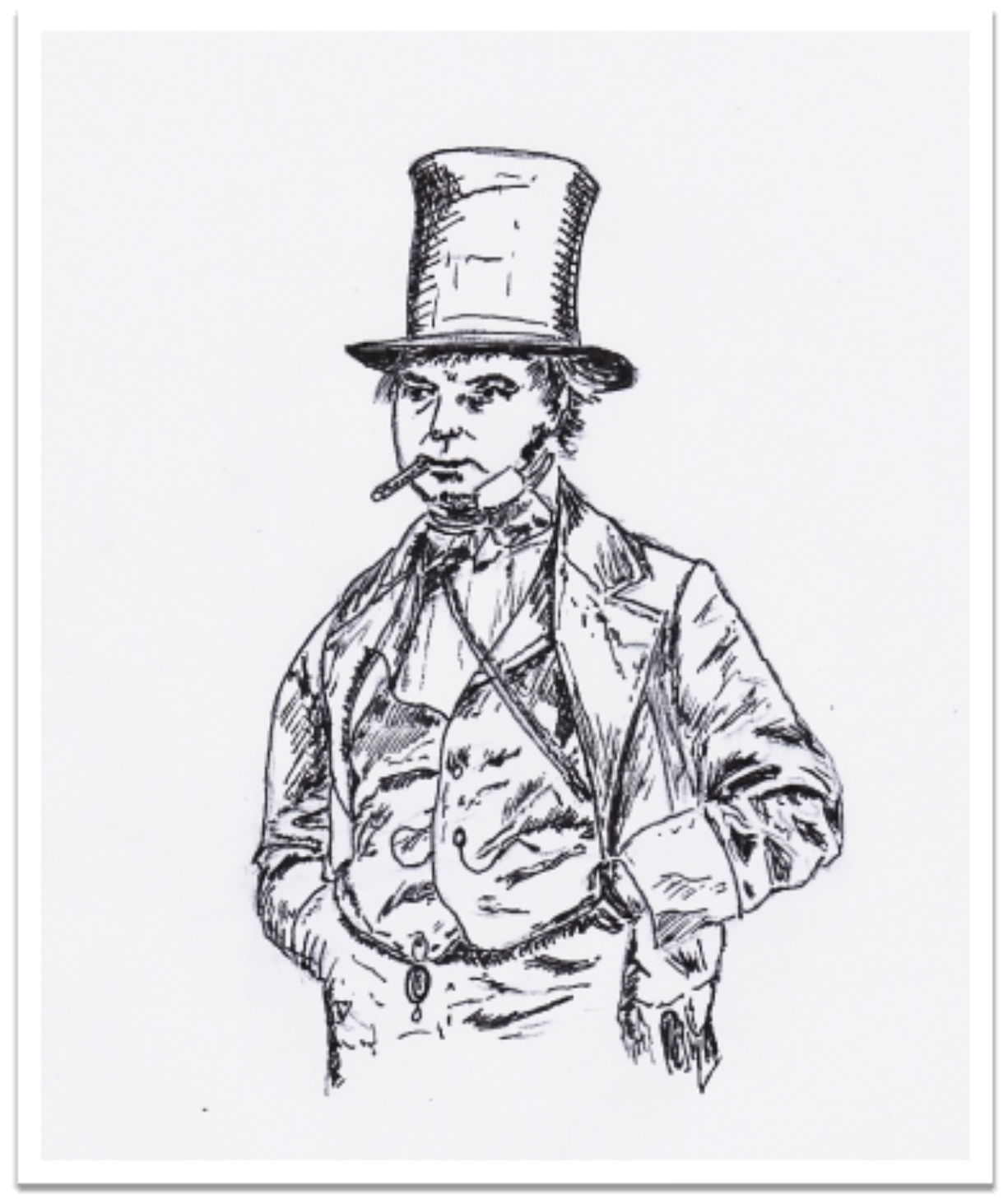Marvels of engineering
“Engineering is not merely knowing and being knowledgeable, like a walking encyclopaedia; engineering is not merely analysis; engineering is not merely the possession of the capacity to get elegant solutions to non-existent engineering problems; engineering is practicing the art of the organizing forces of technological change ... Engineers operate at the interface between science and society.”
- Gordon S. Brown
I don’t know if you are aware of the location of the world’s first iron bridge. Given that it is the first, you might expect it to be some modest affair passing at a low height over some remote backwater. But no, the first bridge to be made entirely of cast iron (which was opened in 1781), is a vast dramatic and impressive (and even ornate) metal structure that passes at a good height over the wide Severn Valley and River Severn in Shropshire. The bridge is near a village entitled, not surprisingly, Ironbridge, and there is something very special about this location – it is the birthplace of industry. To summarise, a man named Abraham Derby had invented ‘coke ovens’ which removed impurities from coal, thereby making it suitable for iron production. This was very significant since it meant iron could be produced without the need for charcoal – the production of the latter having required deforestation of vast areas. So now, cast iron could be made relatively cheaply and easily – thereby leading to an explosion in its applications. In a nutshell, this facilitated the industrial revolution and the myriad technological developments that enabled all of the benefits we enjoy today. Another illustrious bridge example is provided by the impressive Clifton Suspension Bridge – a creation of the legendary engineer Isambard Kingdom Brunel (a man whose vision, ambition and achievement were so great that a whole book would be needed to do him justice – and indeed, numerous biographies have been written). The Clifton Suspension Bridge is a brilliant, majestic, and inspiring structure that spans the mighty Avon gorge, and does so at a prodigious height, at the famous maritime city of Bristol – in South West England. (This bridge, which links Clifton in Bristol to Leigh Woods in
North Somerset, is only one of Brunel’s legendary projects at Bristol. Others include the world’s first iron ship - the SS Great Britain - and the futuristic wide gauge railway that links Bristol with London.) What do these two bridges, and many other engineering projects of the same era, have in common? Their builders were visionaries with an enthusiasm for technology and its facility for generating advanced services for future generations. The two bridges mentioned were also highly practical, so much so that they are still in service today, without needing alterations and with only very basic maintenance. This is a result of taking a long-term view - they believed in building on a substantial and forward-looking scale rather than being concerned with cost cutting and bean counting (which are modern obsessions). Engineers such as Derby and Brunel were romantic visionaries dreaming of the future – so we can certainly draw inspiration from them. When Brunel died in 1859, his friend Daniel Gooch wrote: “Great things are not done by those who sit down and count the cost of every thought and act." But if Brunel achieved greatness, and most people believe that he did, it was surely facilitated by science; in other words, he, rather like Newton, ‘stood on the shoulders of giants’.

Isambard Kingdom Brunel, who built the broad-gauge railway between Bristol and London, and who was responsible for many impressive engineering projects in Bristol and the South West of England. Brunel is perhaps the most famous of the Victorian gentleman engineers, effectively personifying the romanticism associated with Victorian engineering. (Pen and ink drawing by the author.)
The majestic Clifton Suspension Bridge, which spans the Avon Gorge at Bristol. It was designed by Isambard Kingdom Brunel and opened after his death, in 1864. (Illustration by the author.
)


